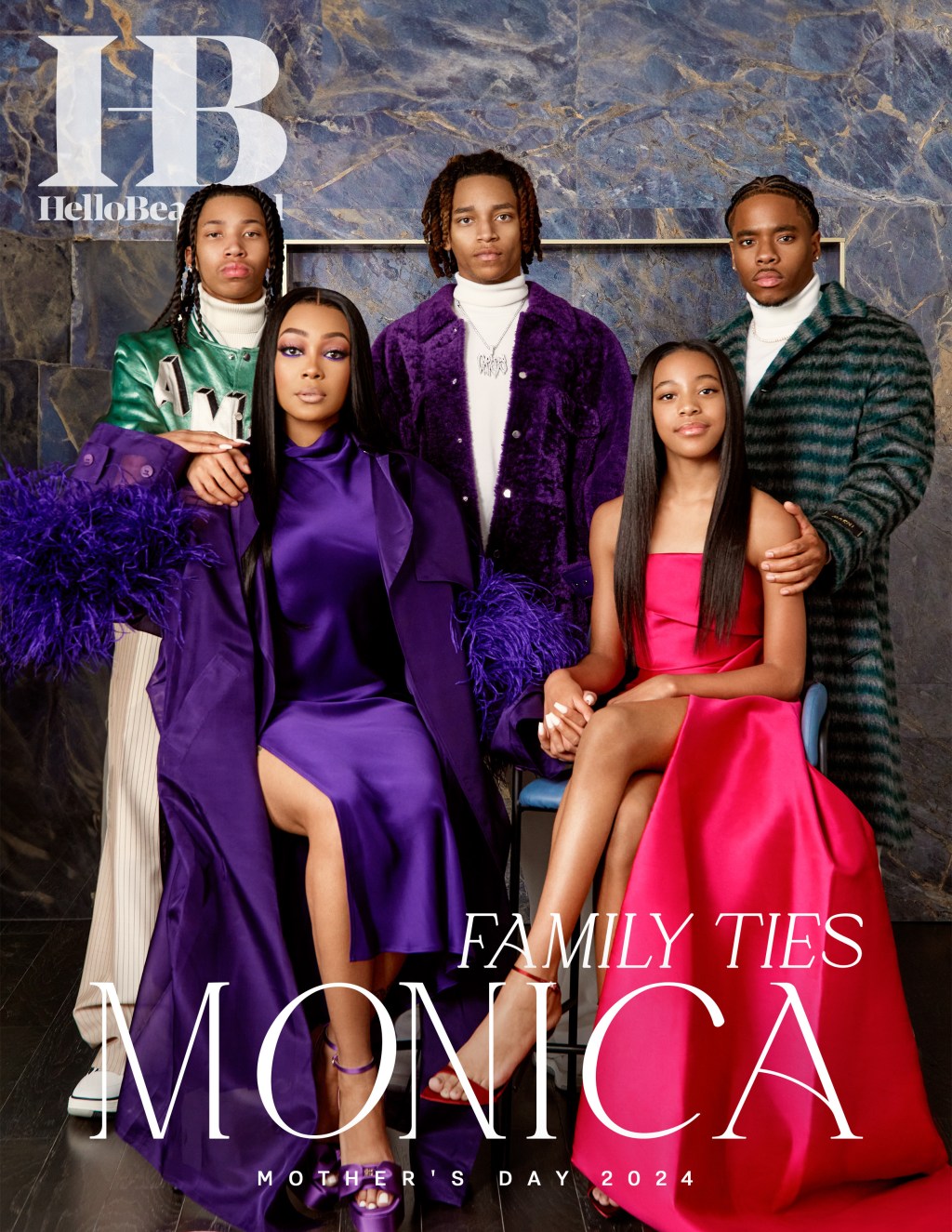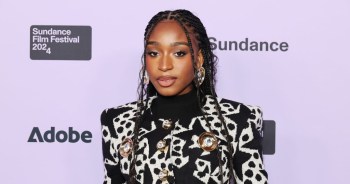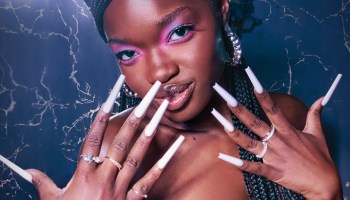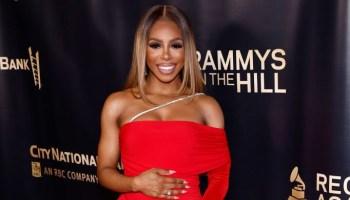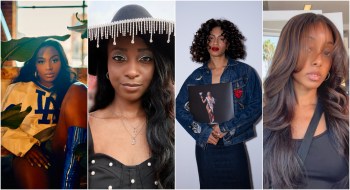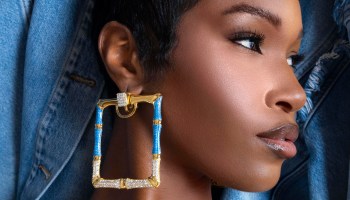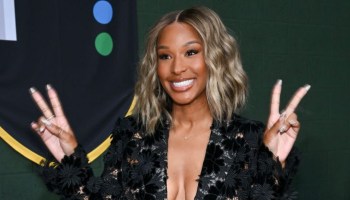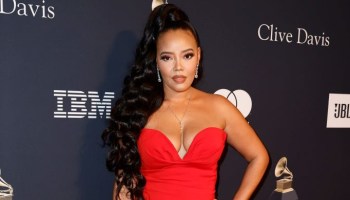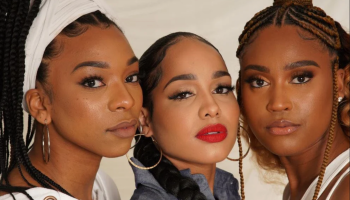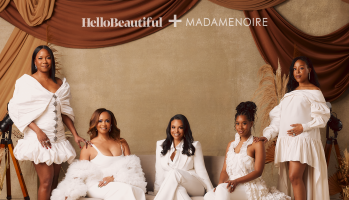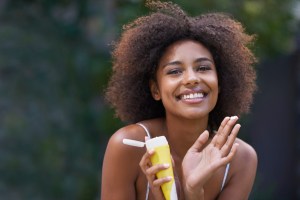
Source: Peopleimages / Getty
I remember the first time I was given a full-body check by a dermatologist. It was my first appointment with a doctor I hadn’t seen before, scheduled over a cosmetic complexion concern. The appointment was wrapping up, and he asked how long I had had a mole on my neck.
“Um, as long as I can remember, I guess…”
The doc then asked about the couple of freckles on my face, and I’m embarrassed to say that I wasn’t taking him very seriously at all. I internally applauded his zest and I figured that as a white male dermatologist in LA he’s usually this vigilant, and hey—good for him. But he can chill with me, right?
The doc suggested the full check, and I had to mentally check myself. I was in a gray area of thought; intellectually understanding that of course we melanin-enriched Black beauties are susceptible to skin cancer, but not really putting that knowledge into action. I felt guilty about my ignorant stance, grateful that everything was fine, and I’ve been a sunscreen enthusiast ever since.
I love the sun, and I luxuriate in it every chance I get. Like many of us, I had the insidious specter of colorism looming throughout my childhood and into my early teens (before I woke the hell up). That hideousness was dragged into the 90’s by certain members of my family, admonishing me for enjoying my beach time and insulting me when I got “too dark.”
There is no such thing as too dark. There just isn’t. I love when my particular shade of Black blackens further from some quality time spent with my celestial solar lover. Romantic though our entanglement is, however, I don’t go in without protection.
We remind ourselves that Black people need sun protection too, we ask the question year after year and yet some people haven’t gotten the message.
So, here’s some information for anyone who still needs informing: Melanin is produced by cells called melanocytes, in the epidermis (the outermost layer of skin). Melanin is the pigment that gives skin and eyes their color, and the more melanin the melanocytes produce, the darker the skin pigmentation.
Generally speaking, the melanin present in African-American skin provides a sun protection factor (SPF) approximately equivalent to 13.4, compared to 3.4 in White skin. So, melanin does help protect skin against the effects of the sun, such as skin cancers and premature aging, but it absolutely needs an assist in the form of actual sun protection.
It’s easy to think that only a beach bunny like myself should be concerned, but hey—it’s called “skin cancer,” not “some skin cancer” or “White skin cancer.” Skin cancer is definitely far more common in Caucasian skin tones, but get this: our mortality rate is higher.
According to the American Academy of Dermatology, the five-year survival rate for African Americans is 73 percent compared to 91 percent in Caucasians. Far more White people than Black people will get skin cancer, but if we get it, we’re more likely to die.
Researchers and medical professionals will use elegant phrases like “the mortality rate in African American patients remains high and can be directly linked to the advanced state of the disease at the time of diagnosis.” Translation: we don’t pay enough attention to facilitate early detection, which is the main factor in survival. By the time we’re tested and diagnosed, it’s more advanced than in lighter skin. And it’s often too late.
We also have a specific type of melanoma that is rare overall, but prevalent in African-Americans. Acral lentiginous melanoma, or ALM, is an “aggressive cancer that disproportionately afflicts African Americans and other dark-skinned people,” as the Washington Post reports. This is the type of cancer that claimed reggae legend Bob Marley’s life at 36. Removing at least some of the onus of ignorance from our community are the aggressiveness of this particular melanoma, as well as the particularly hidden locations where it generally presents.
Appearing underneath fingernails and on the bottoms of feet, ALM can be especially hard to detect. In fact, the late Mr. Marley’s own affliction was initially misdiagnosed as a bruise on his toe, sustained while playing soccer.
The potential difficulty in spotting ALM is all the more reason for all of us to see a dermatologist and have a full skin check, in addition to using sunscreen every day. Don’t be afraid to speak up at the doctor’s office, either. Unfortunately, doctors are human and not everyone is as professional as they should be. If a doctor doesn’t take serious medical interest in your skin because it’s darker, find a new doc.
I spoke with Dr. Julie Karen, former Chief Resident of the Ronald O. Perelman Department of Dermatology at New York University Medical Center, one of The New York Times Magazine’s “New York Super Doctors of 2015,” and co-author of the Handbook of Dermatologic Surgery about sunscreen. She’s also a Banana Boat spokesperson—they make my new favorite body spray and put us in touch. Not only did she stress that all skintones need sun protection, but she added that it can help with the specific challenges darker skin faces when healing.
She says, “Patients with darker skin are more prone to develop discoloration (hyperpigmentation) when injured areas (acne, insect bites, trauma) are exposed to the sun. Protecting oneself with a broad spectrum sunscreen will reduce the risk of unwanted, blotchy discoloration.”
Dr. Karen also reminded me that not only is application a must, but RE-application is crucial as well, advising that we “apply at least 1 ounce (2 tablespoons) of sunscreen to you and your kids’ entire bodies 30 minutes before going outside and reapply every two hours or immediately after swimming or excessive sweating.”
She continues, “Don’t forget about the ears, feet, and scalp, and don’t be fooled by overcast days. Harmful UVA rays penetrate through clouds, and even through glass, so be sure to follow the same rules of application and re-application, even on dreary days.
So that’s the dreary news, now let’s talk product! Year after year I search for the right sunscreen combo, and I’ve finally found it!
For my face, I use TiZO Solar Protection 60. It’s a dual formula sunscreen with Titanium Dioxide and Zinc Oxide, as well as three chemical sunscreen ingredients. But here’s the best part: It’s a full-coverage foundation that’s available in three base shades, and has customizable color.
You choose from the three base shades, which might match your skin already, but Solar Protection comes with two tubes of pigment: light and dark. You add drops (I added dark drops, duh), shake it up, and test until you match your shade. If you mess up, just add a few drops in the other direction. We come in all shades, and so can this product.
This product is brilliant. Brilliance comes with a price, of course, but not only is this a great sunscreen, but it can replace your makeup. I cover mine with a little dusting powder to set it, and that’s it! With such a high SPF, it somehow doesn’t feel heavy or look chalky. And a little goes a long way, so a bottle lasts for a while. They offer fantastic non-tinted versions as well, of course, but if I can get that much sun protection and cover my under-eye circles, I’ll do that.
For the neck down, I’ve finally found my dream spray: Banana Boat® Dry Oil Clear UltraMist® Sunscreen, with coconut and argan oils.
At six feet tall, there’s a lot of skin on me, so a spray makes everything easier. This particular spray is also moisturizing, and again—I can’t emphasize enough how many summers I spent with the telltale chalky stripes that this product avoids entirely. It always felt like adding insult to injury—sun protection companies largely ignore us, and then their products don’t work with our skin!
These two work, so check them out. We have to take care of this skin we’re in!
RELATED STORIES:
American Psychological Association Reports Your Mood Can Affect Your Skin
Give Your Brushes A Rinse + 4 Other Ways To Keep Your Skin Healthy
Get The Glow: 7 Refreshing Lavender & Rose DIY Wellness Recipes
